The seabirds, whales, salmon, cod, halibut, shellfish, and kelp forests in Laredo Sound are under new protection by the Kitasoo Xai’xais Nation.
The nation announced Tuesday a new Marine Protected Area of 33.5 square kilometers of Kitasu Bay, which is part of the Great Bear Rainforest.
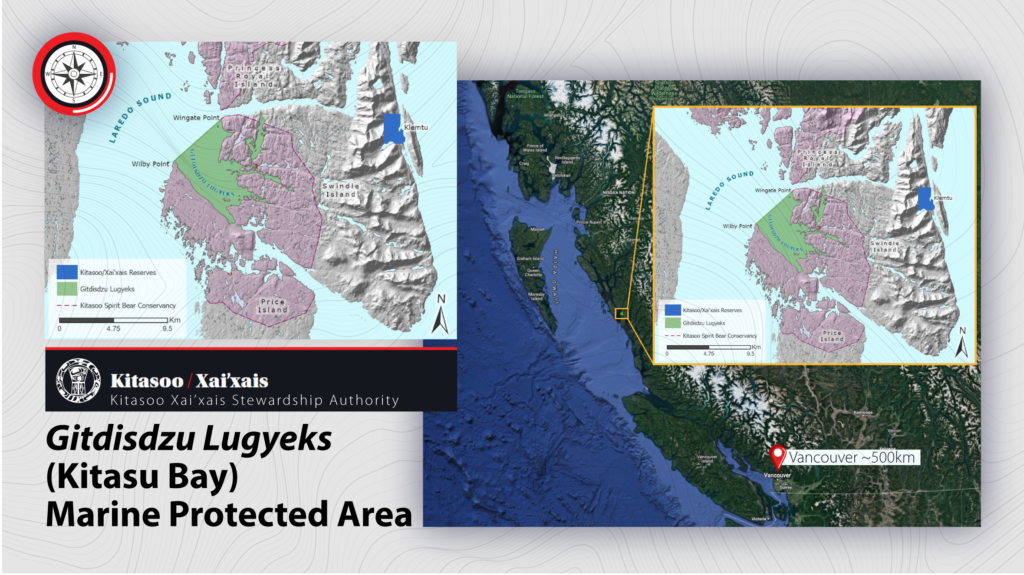
A marine protected area (MPA) is “one management tool that can help address human impacts on our oceans from overfishing, pollution and climate change,” according to the B.C. organization Coastal First Nations, which counts Kitasoo Xai’xais Nation as a member.
The announcement kicks off a formal consultation, a three-month process for the federal and provincial governments, the public, and other stakeholders to comment on the management plan.
“We invite Canada and British Columbia to work with us in achieving our collective objectives and targets for land and marine protection and conservation, including for Kitasu Bay,” said elected Chief Councilor Doug Neasloss, in the statement.
“We also invite [those governments] to work with us to implement our plan and to achieve co-governance and management of the MPA.
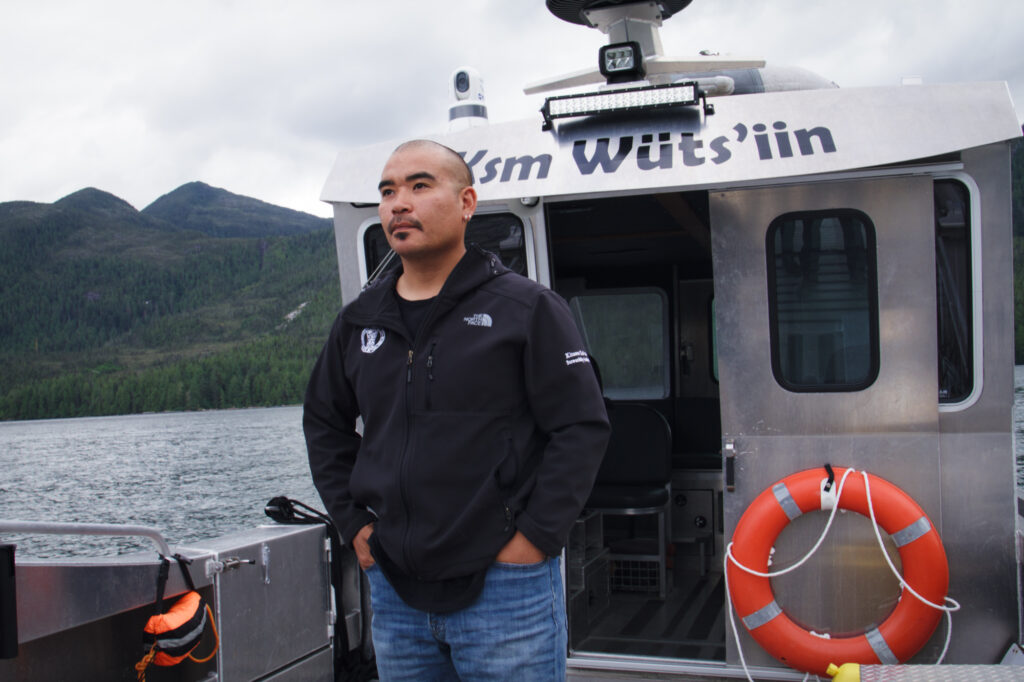
Photo credit: KXSA-Moonfish Media / Source: Kitasoo Xai’xais Stewardship Authority
“But we are not seeking any permission,” Neasloss added.
The area will be protected by Guardian Watchmen, a group of coastal protectors who are in the process of gaining the same powers as BC Park Rangers under a Memorandum of Understanding signed this month with the BC Government.
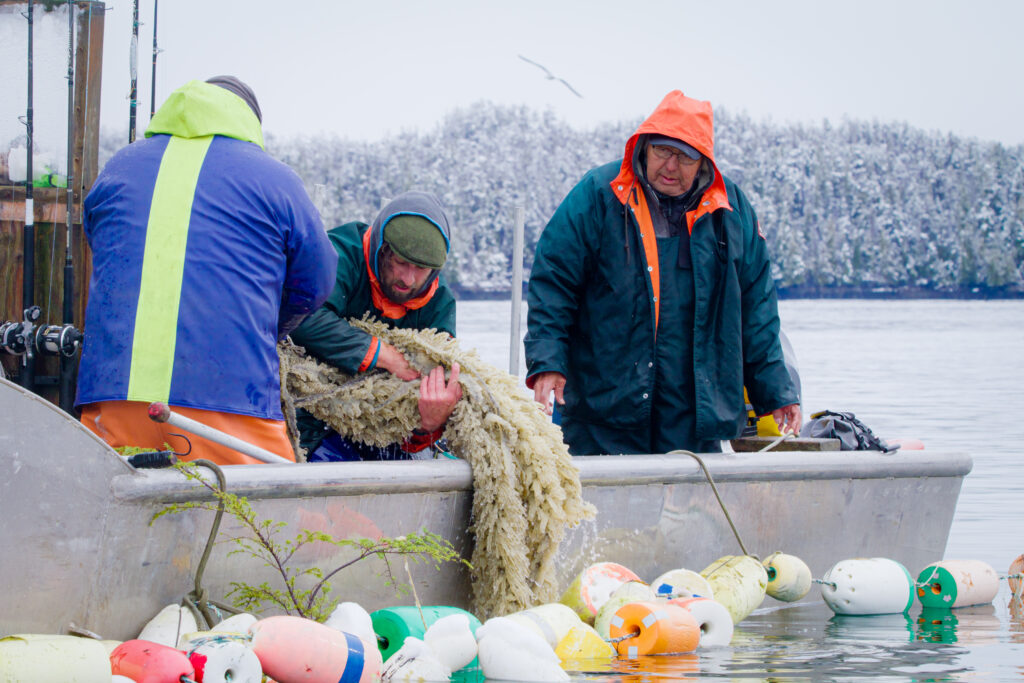
Fishers, tourism operators and government officials have yet to respond to the MPA announcement, but the Coastal First Nations applauded the plan in a statement Tuesday.
“We stand with the Kitasoo Xai’xais Nation as they work to build a world-leading conservation and management plan that safeguards the long-term health of their community breadbasket,” said CFN in a statement signed by CEO Christine Smith-Martin and Chief and CFN president Marilyn Slett.
“It’s a really special place, a very sacred place for the community,” Neasloss told Emily Gilpin of Coastal First Nations.
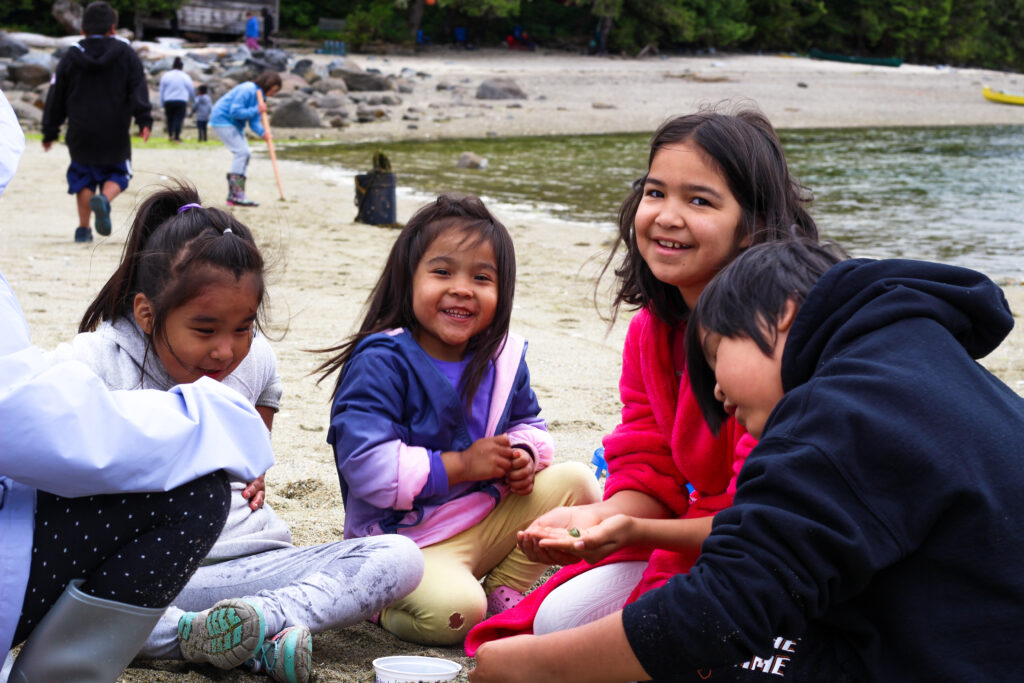
The new MPA is intended to be part of a network in the Northern Shelf Bioregion, from Campbell River to Haida Gwaii, to be managed jointly with the Government of Canada, the Province of BC and many First Nations.
The Kitasoo Xai’xais Stewardship Authority said its management will be grounded in a science-based, Indigenous-led conservation management plan focused on ecological integrity; protecting fish and wildlife, and at-risk ecosystems.
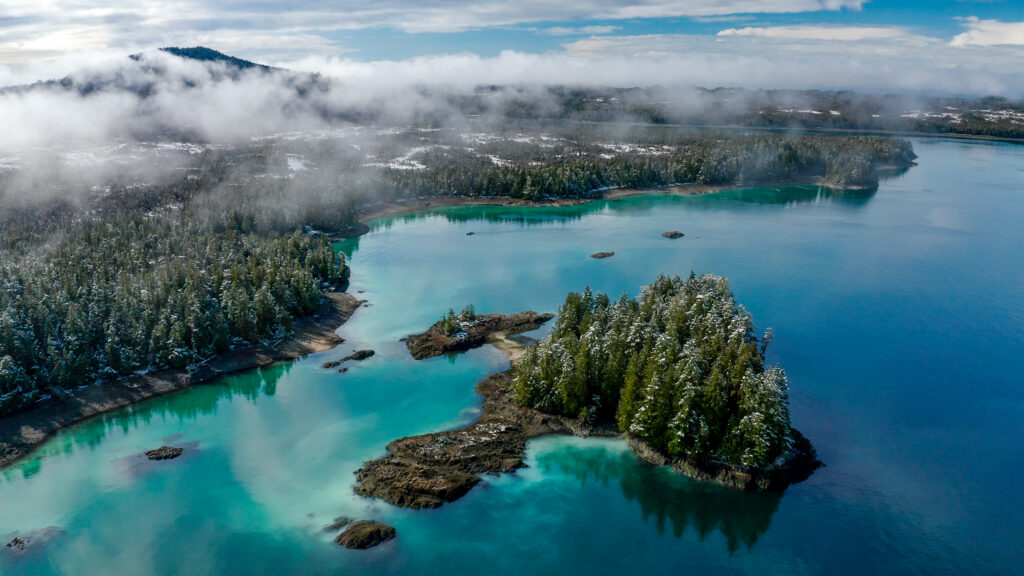
It also aims to protect cultural and archaeological sites and features; historical, present and future Kitasoo Xai’xais harvesting and hunting areas and uses; and “the wilderness values that in turn support opportunities for ecotourism in the MPA.”
Creating a network of marine protected areas is part of the federal government’s 2018 Reconciliation Framework Agreement, which has a goal of “managing and protecting Canada’s oceans.”
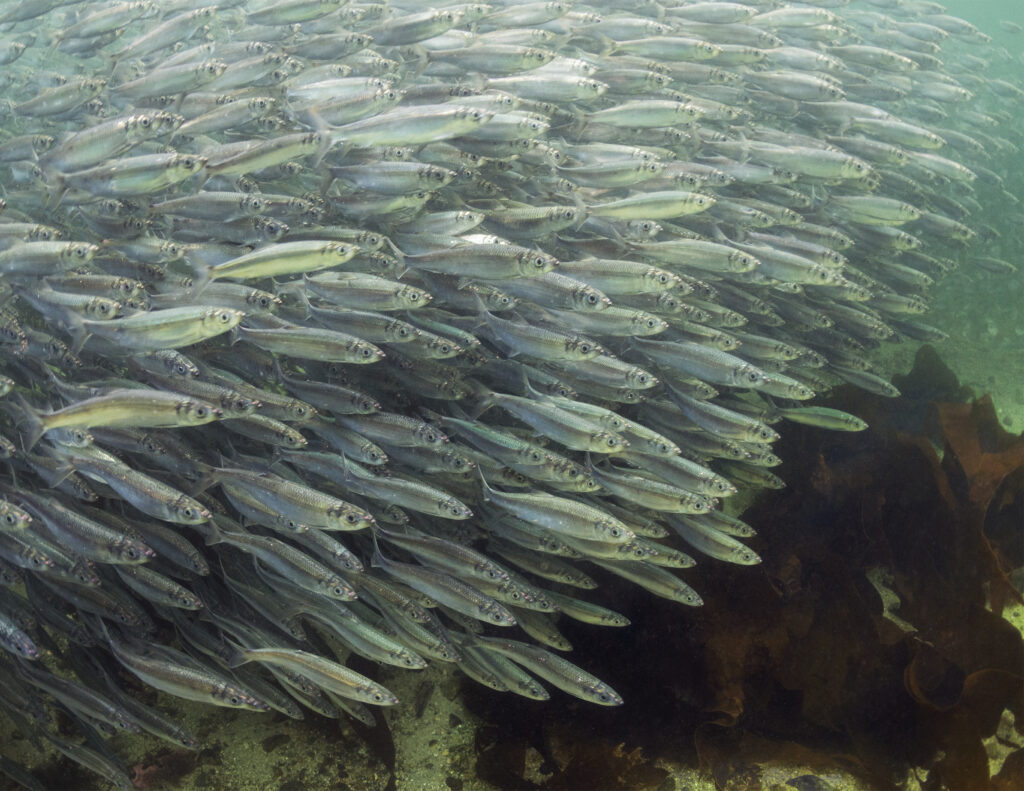
“The MPA Network will benefit everyone who calls this coast home, and create a foundation for the health of key species, from salmon and whales, to halibut, herring and eulachon,” said Neasloss.
“We have a long history of defending that area. We have a lot of knowledge and we want to be able to share it.”








One Comment